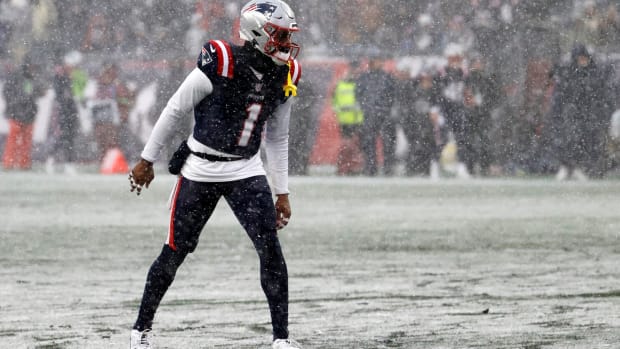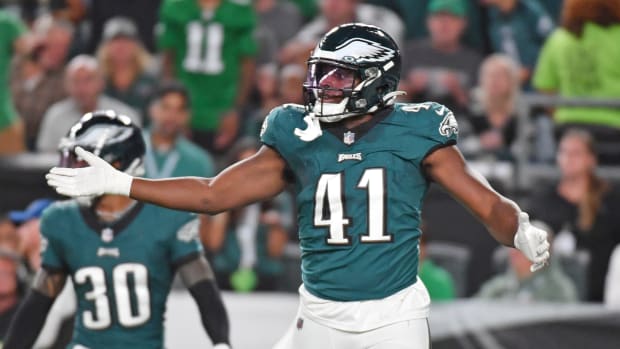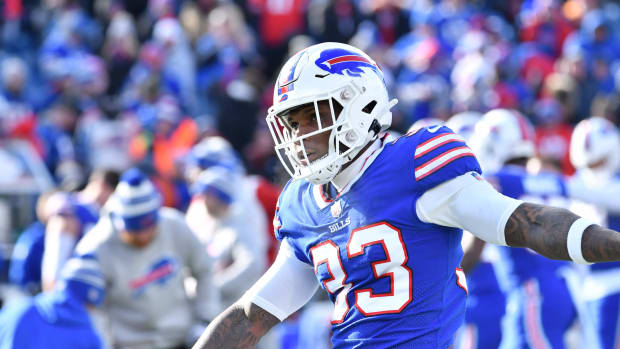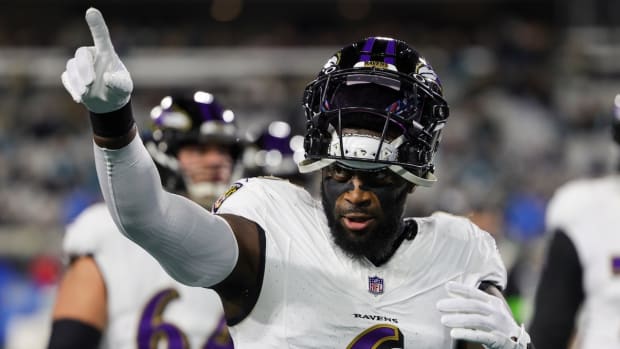Big comebacks have become the norm in the NFL
DENVER (AP) A double-digit deficit in the NFL is no longer the death knell it once was. Viewers don't change the channel and coaches don't change what they're doing, either.
With 23 comebacks from double digits through 134 games so far, the league is on pace this season for 44 come-from-behind wins by teams that trailed by 10 or more points. That would break by one the record set last year, according to STATS.
This never-say-die ability to pile up points in a hurry has led to profound changes in everything from viewing habits to the blueprints coaches draw up every week and the calls they make during the game.
Offensive coordinators don't ditch the game plan when they fall behind - they're throwing, throwing, throwing from the start as it is - and defensive coordinators have all but dumped the time-honored prevent defense lest they make it any easier for today's quick-strike offenses to catch up.
So far, every week of the season has featured at least one comeback from double digits, including four on opening weekend and five in Week 5, when Cleveland fell behind Tennessee 28-3 before staging the biggest road comeback in league history to win 29-28.
''No lead is safe this year,'' Broncos cornerback Chris Harris Jr. said.
Or, as Dolphins coach Joe Philbin proclaimed, ''It's never over.''
The Eagles fell behind by multiple scores in each of their first three games before rallying to win each time.
With so much firepower on offense, ''we're never out of any game,'' Eagles tight end Zach Ertz said. And his teammate, receiver Jeremy Maclin, concurred: ''We can score quick and we can score in bunches.''
They're not alone.
Last season, a record 18 games featured comebacks of 14 points or more, and, fittingly, Andrew Luck brought Indianapolis back from a 28-point deficit to beat Kansas City 45-44 in the AFC playoffs.
This year, there have been nine such comebacks from 14 or more, including Dallas rallying from 21-zip to top St. Louis and Detroit doing the same to beat Atlanta in London.
The crackdown on cornerbacks manhandling receivers after the way Seattle's defensive backs mauled Denver's receivers in the Super Bowl had led to yet another uptick in offensive fireworks. Teams have combined for 711 TDs and 459 TD passes, both of which are the most ever through Week 9, surpassing the previous highs of 692 touchdowns and 415 TD passes set just last season.
Passers are also on pace to set NFL marks in combined passer rating (91.2), completion percentage (63.1) and net passing yards per game (487.8).
''Offenses these days have a little bit more of a quick-strike potential,'' said Bills quarterback Kyle Orton.
Or a lot more.
''It's more pedal to the metal offensively, with the rules, with the way people are playing with no huddle, multiple wide receiver sets,'' Broncos coach John Fox said. ''You've got running quarterbacks, you've got zone-read options, I mean, the game's changed so much. Even some of the passing teams, they're like in two-minute comeback mode all game.''
Defenders have grown accustomed to seeing offenses in hurry-up mode from the start instead of shifting into that gear once they fall behind, so there's more defensive backs on the field and fewer linebackers.
''Teams are more comfortable playing at a fast pace with more speed on the field and that lends itself to more scoring,'' Broncos defensive coordinator Jack Del Rio said. ''It's not so much a getting rid of the plan. It is the plan to begin with. So, you probably have more options available. More speed to do things. And so there is more explosiveness to the game. Add that with some of the rules changes and it's a fun time to be an offensive coordinator.''
And not such a fun time to be a defensive coordinator with no lead ever seeming safe enough to dial things back like they used to.
''You just have to keep playing,'' Del Rio said. ''There is no prevent. Nobody's playing prevent, other than a last play of the game situation. Otherwise, you're playing football, you're trying to make the quarterback uncomfortable, you're trying to make sure you've got good, tight coverage and all the things you need to do.''
It's not just the pro game. Players coming out of college nowadays are accustomed to the sizzling scoreboards that used to be the exception.
''How many times did you see college scores of 60-59?'' Del Rio said. ''The game has changed and there's less physicality, less of the in the trench warfare and more space and tempo.''
It goes even farther back, too.
''Even high schools, spread offenses, kids are throwing the ball, more so than ever in the history of the game,'' Chiefs coach Andy Reid said. ''And so they get to this level and it gives you an opportunity if you're behind to score points relatively quick. It's exciting. If you're a defensive coordinator, probably not so good. But from an offensive standpoint, yeah, pretty good.''
---
AP Pro Football Writers Dave Campbell and Rob Maaddi contributed along with AP Sports Writers Dave Skretta and Steve Wine and AP freelancer Mark Ludwiczak.
---
AP NFL website: www.pro32.ap.org and www.twitter.com/AP-NFL




































